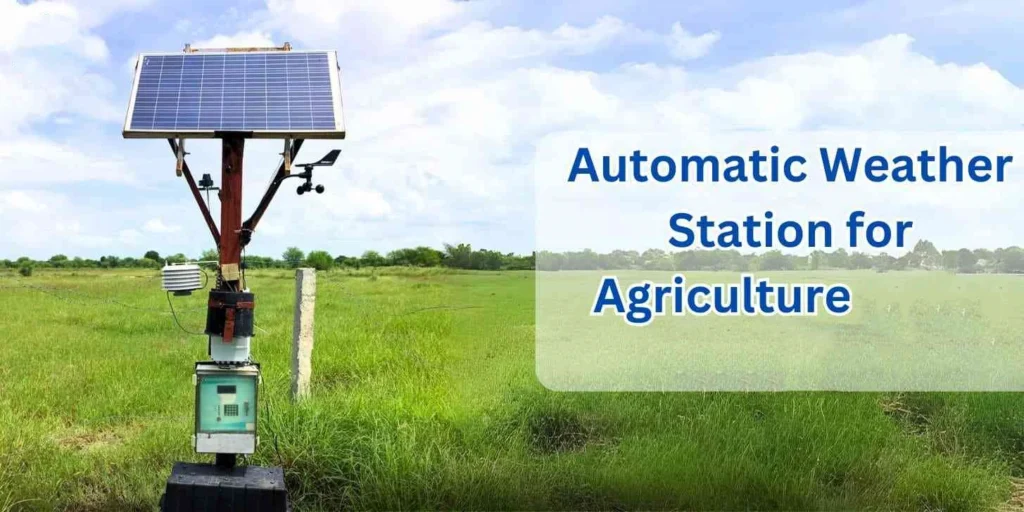
# Automated Weather Station: Revolutionizing Meteorological Data Collection
Automated Weather Station: Revolutionizing Meteorological Data Collection
In the realm of meteorology, the advent of automated weather stations (AWS) has marked a significant leap forward in the way we collect and analyze weather data. These sophisticated systems have transformed the landscape of meteorological research, offering unparalleled accuracy, efficiency, and reliability in data collection.
What is an Automated Weather Station?
An automated weather station is a standalone system equipped with various sensors designed to measure atmospheric conditions such as temperature, humidity, wind speed, wind direction, precipitation, and barometric pressure. Unlike traditional weather stations that require manual intervention, AWS operates autonomously, transmitting data in real-time to centralized databases for analysis.
Key Features of Automated Weather Stations
Automated weather stations come with a host of features that make them indispensable tools for meteorologists and researchers:
- Real-Time Data Collection: AWS continuously monitors and records weather parameters, providing up-to-the-minute data that is crucial for accurate weather forecasting.
- Remote Accessibility: Data from AWS can be accessed remotely, allowing meteorologists to monitor conditions from anywhere in the world.
- High Precision Sensors: Equipped with state-of-the-art sensors, AWS ensures high accuracy in measurements, which is vital for reliable weather predictions.
- Durability: Designed to withstand harsh environmental conditions, AWS can operate reliably in extreme weather, from scorching heat to freezing cold.
Applications of Automated Weather Stations
The versatility of automated weather stations makes them suitable for a wide range of applications:
- Weather Forecasting: AWS provides the foundational data needed for accurate weather forecasts, helping to predict storms, heatwaves, and other weather events.
- Agriculture: Farmers rely on AWS to monitor weather conditions that affect crop growth, enabling them to make informed decisions about planting and harvesting.
- Aviation: Airports use AWS to ensure safe takeoffs and landings by providing real-time weather updates.
- Climate Research: Scientists use long-term data collected by AWS to study climate patterns and assess the impact of climate change.
Advantages Over Traditional Weather Stations
Automated weather stations offer several advantages over their traditional counterparts:
- Reduced Human Error: By eliminating the need for manual data collection, AWS minimizes the risk of human error, ensuring more reliable data.
- Cost-Effectiveness: Although the initial investment in AWS can be high, the long-term savings in labor and maintenance costs make them a cost-effective solution.
- Scalability: AWS can be easily scaled to cover larger areas, making them ideal for regional and national weather monitoring networks.
Future of Automated Weather Stations
As technology continues to advance, the capabilities of automated weather stations are expected to grow even further. Innovations such as the integration of artificial intelligence and machine learning could enhance data analysis, leading to even more accurate weather predictions. Additionally, the development of more compact and energy-efficient sensors will make AWS more accessible and sustainable.
In conclusion, automated weather stations have revolutionized the field of meteorology, providing a robust and reliable means of collecting weather data. Their impact on weather forecasting, agriculture, aviation, and climate research is profound, and their continued evolution promises
Keyword: automated weather station
